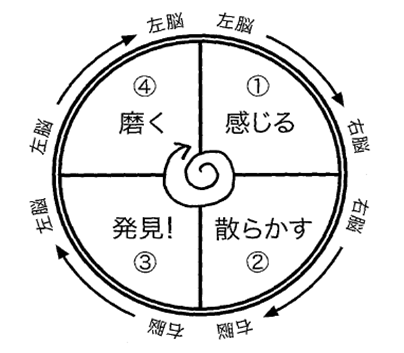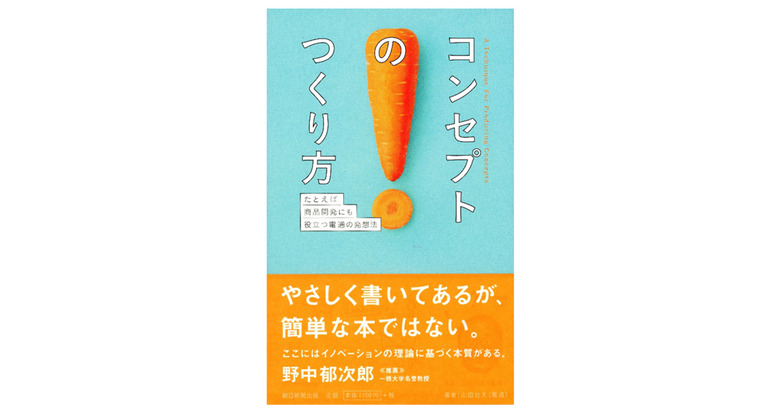Thanks to your support, my book How to Create Concepts has been reprinted!! I sincerely thank you.
After nearly 30 years, I met again with Mr. S, my high school teacher. With the theme "A Wake-up Call in Your Prime," he spoke to us with a deep, resonant voice, still vigorous and profound even at over 80 years old.
During his active teaching years (...though he apparently taught until age 78!), he would wake before dawn, tie his tie, and then handwrite each and every handout he needed for the day. Many students were influenced by his uniquely expressive handwriting. One attendee even brought handouts from back then, carefully preserved over the years. The fact that so many former students, despite his reputation for being rather blunt, continue to hold him in such high regard must stem from sensing the heartfelt preparation behind his work.
It was a truly wonderful time, one that made me sit up straight.
By the way, when you aim to create a "groundbreaking new product," what kind of work plan (flow) do you outline? In reality, many projects become stuck at this very stage, already unable to deliver innovation. Preparation is crucial in everything.
For example, when trying to create a groundbreaking "dessert product." The typical approach is to start with "let's do some research." You allocate a budget, gather numerical data, conduct interviews, and listen to "consumer feedback."
Analyzing this data often reveals gaps between the "ideal dessert" and current products. Based on this data, you define the so-called "challenge."
The "concept" is then established to solve these identified challenges, and "specific measures" are developed following that concept.
How about it? Isn't this how you actually plan projects?
The greatest strength of this logical approach lies in its manageability. Since decisions are always backed by research, they are "correct," making it easier to build consensus, for example, with superiors. On the other hand, a major drawback is the difficulty in generating "new perspectives." As Henry Ford famously said, "If you ask customers what they want, they'll say 'faster horses.'" Research invariably points to the "past." To foresee the future from the present, we must utilize not only objective information like numerical data, but also the physical sensations we experience right here, right now. Yet, many people possess no methodology beyond the approach of "research/analysis → issue identification → concept formulation → development of specific measures." Even though they vaguely realize "this approach won't foster innovation," the same methods are repeated day after day.

Circular Thinking: Four Modes
If you want to create a product unlike anything before, the first step is to absorb everything—both numerical data and rumors—into your body without judging whether it's right or wrong, just thinking "Hmm, hmm" (Feeling Mode). Then, while creating, think about how to make it something people genuinely want (Scattering Mode). That's when you find "This feels good!" "This might just work!" At that moment, capturing the essence of that "something good" in words (concept) is the Discovery! Mode. From there, creating concrete plans is the Refine Mode.
To use a term that was popular a while back, "ethnography" fits the Feeling Mode, and "rapid prototyping" fits the Messing Around Mode. These are crucial methods for harnessing physical sensations in thinking. However, if you don't follow up with the step of properly organizing things into a concept, the development team ends up stuck in the dark, endlessly trialing and erroring.
To develop truly groundbreaking new products, I urge you to prepare your development process using circular thinking.

Well, April means a new semester. My lectures at Meiji Gakuin University have started again this year. I can't wait to see what new encounters await. But thinking about how meticulous preparation like Professor S's is needed to move students' hearts... Hmm, it makes my head spin!
Please, help yourself!





